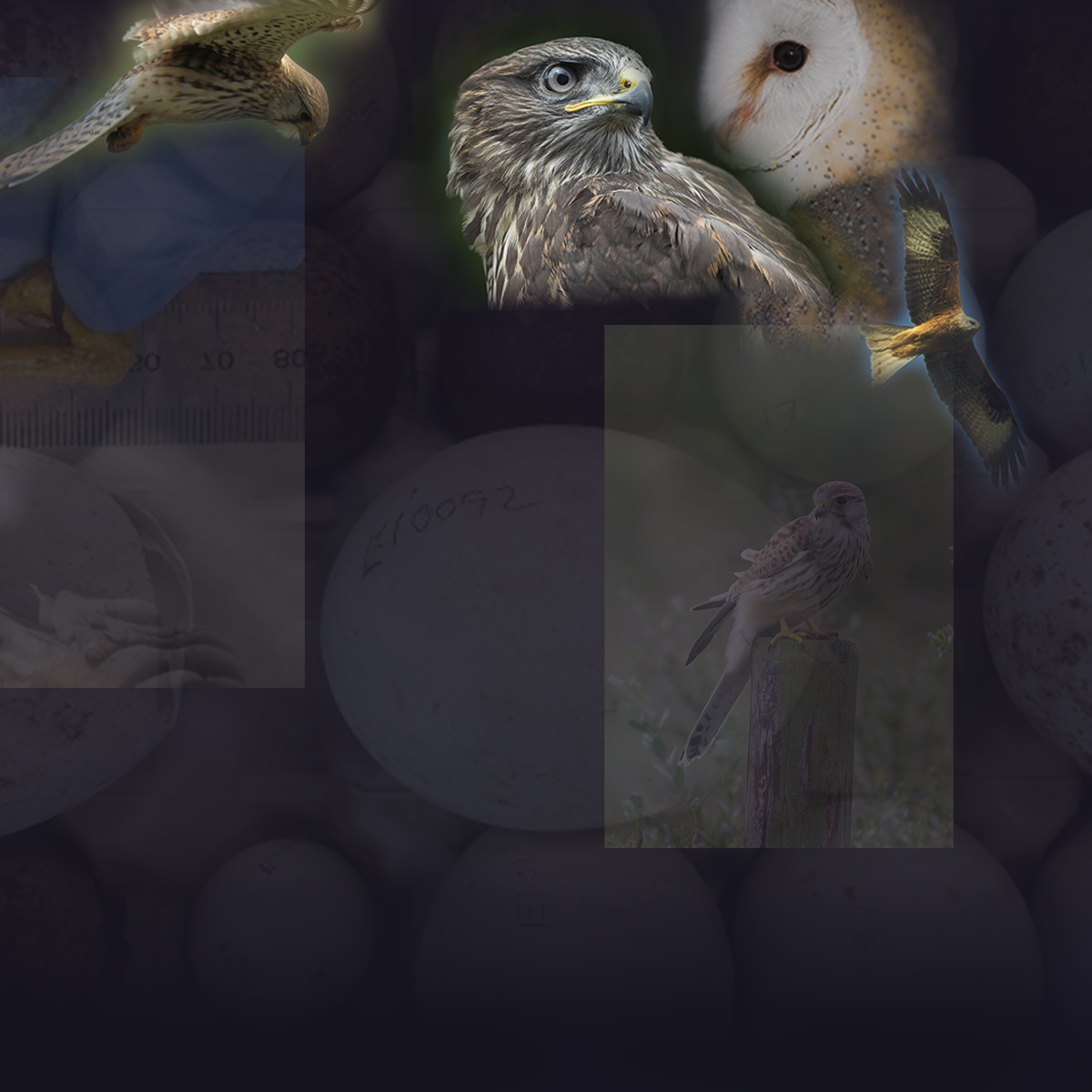Details of the chemicals currently being monitored by the PBMS. They include:
- Poly- and Per-fluorinated Alkyl Substances (PFAS) / “Forever Chemicals”
- Polybrominated Diphenyl Ethers (PBDEs)
- Second Generation Anticoagulant Rodenticides (SGARs)
- Lead
- Mercury
- Other elements
